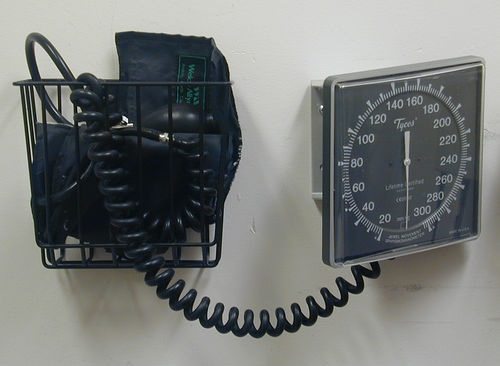
November 15, 2013; Sacramento Bee
Here’s an unusual challenge for the nonprofit sector. In California, the Service Employees International Union–United Healthcare Workers West has filed to put the Charitable Hospital Executive Compensation Act on the November 2014 ballot. It would cap nonprofit hospital executives’ salaries at $450,000—the same amount earned by the President of the United States.
Sign up for our free newsletters
Subscribe to NPQ's newsletters to have our top stories delivered directly to your inbox.
By signing up, you agree to our privacy policy and terms of use, and to receive messages from NPQ and our partners.
In California, there are more than a handful of hospital execs whose salaries as of a few years ago were well over $1 million:
- George Halvorson, CEO Kaiser Permanente: $7,861,915
- Lloyd Dean, CEO Dignity Health: $3,907,346
- Patrick Fry, CEO Sutter Health: $3,045,216
- James Brewster, VP Adventist Health of Roseville: $2,010,040
- Robert Carmen, CEO Adventist Health Roseville: $1,741,988
- Stanley Adams, VP Adventist Health: $1,563,496
- Thomas Gagen, CEO Sutter Medical Center Sacramento: $1,391,316
- Patrick Brady. CEO Sutter Roseville Medical Center: $1,059,659
The SEIU and other health-oriented labor unions appear to have a concern about how “nonprofit” nonprofit hospitals might be if they are paying execs huge salaries. Earlier this year, the California Nurses Association unsuccessfully pushed for AB975, which would have required nonprofit hospitals to justify their nonprofit status if their revenues exceeded their expenditures by more than 10 percent. The SEIU initiative is paired with another ballot effort, the Fair Healthcare Pricing Act, which would prevent nonprofit hospitals from charging more than 25 percent above the cost of actual patient care.
These measures pose interesting policy challenges for the nonprofit sector. On one hand, the SEIU initiatives would establish a special state review of nonprofit status for 501(c)(3)s of a particular kind, essentially inserting the state into a review process that is the purview of the Internal Revenue Service. On the other hand, nonprofit hospitals have always presented problems for the nonprofit sector, as many nonprofit hospitals operate in ways that are minimally different (if at all) from their for-profit competitors. Might their sparse qualities of nonprofitness merit, from a public policy perspective, the kind of review being posed by the SEIU (and its 150,000 members in California) and the Nurses Association? –Rick Cohen











